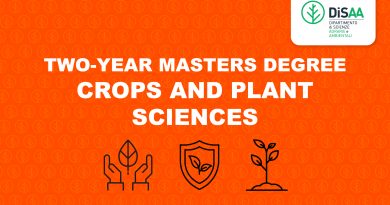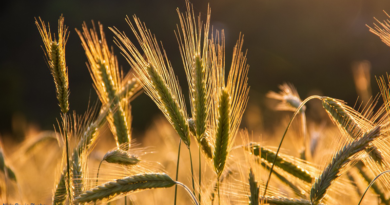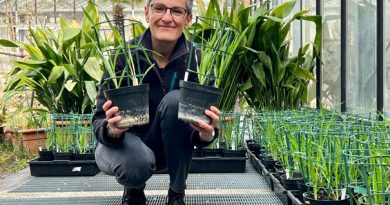The barley pale mutant of hus1 (happy under the sun 1) as an example for a new generation of crops
In recent years, plant molecular biologists have tried to find new solutions to improve agricultural crops, especially when exposed to adverse environmental conditions such as sudden changes in temperature, water stress and exposure to high light intensities caused mainly by climate change.
Among the new strategies, still little studied, we find the introduction of pale color in cultivated plants. In the new research published in Environmental and Experimental Botany conducted at the Department of Biosciences of the University of Milan, guided by Professor Paolo Pesaresi, in collaboration with Professor Laura Rossini of the Department of Agricultural and Environmental Sciences, with the CREA Center of functional genomics of Fiorenzuola, the University of Silesia in Katowice, the University of Lleida and the University of Düsseldorf, as well as a detailed molecular and physiological characterization of the pale hus1 (happy under the sun) grown under controlled greenhouse conditions, it has been shown that the agronomic performance of these plants, in terms of total biomass production and grain yield under standard field conditions, is comparable to that of control plants.
The peculiarity of this plant is that in high light conditions its photosynthetic performance is better. Several studies have shown how pale plants in high density cultivation or subjected to intense light conditions are able to increase photosynthetic efficiency and biomass accumulation. Furthermore, a light green plant compared to a dark green is able to reflect more solar radiation causing a reduction in temperature below the “canopy” of the plants, potentially having the ability to mitigate the local climate. At the molecular level, the pale color of the leaf is mainly due to the decrease in chlorophylls, contained in the antenna complexes of the photosystems, used to capture the light used for photosynthesis. The pale green phenotype of hus1 is due to a 50% reduction in the chlorophyll content of the leaves, due to a premature stop codon in the HvcpSRP43 gene responsible for loading the photosystem antenna proteins into the thylakoid membranes and its truncation results in a smaller photosystem antenna size. The results were discussed in terms of potential benefits of the hus1 phenotype and the natural allelic variants of the HvcpSRP43 locus, with respect to productivity and climate change mitigation.
Full publication of the study by Science Direct




